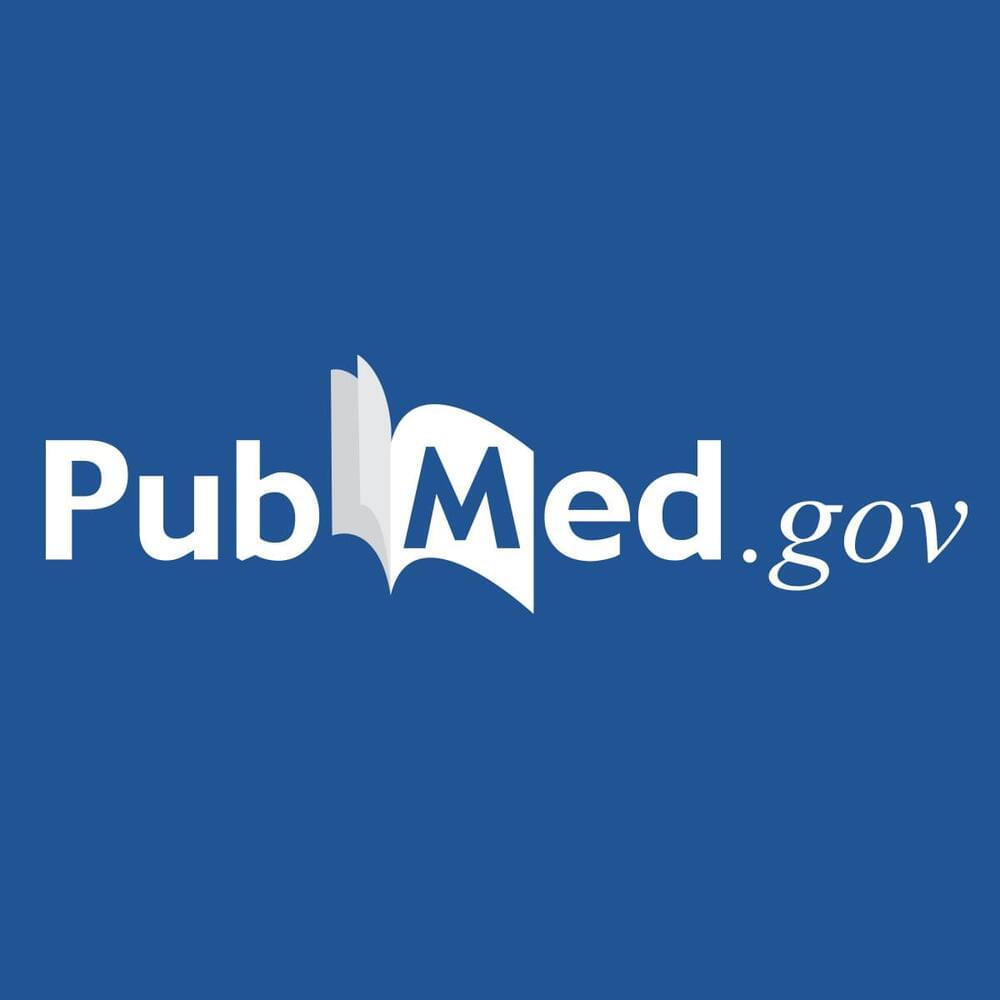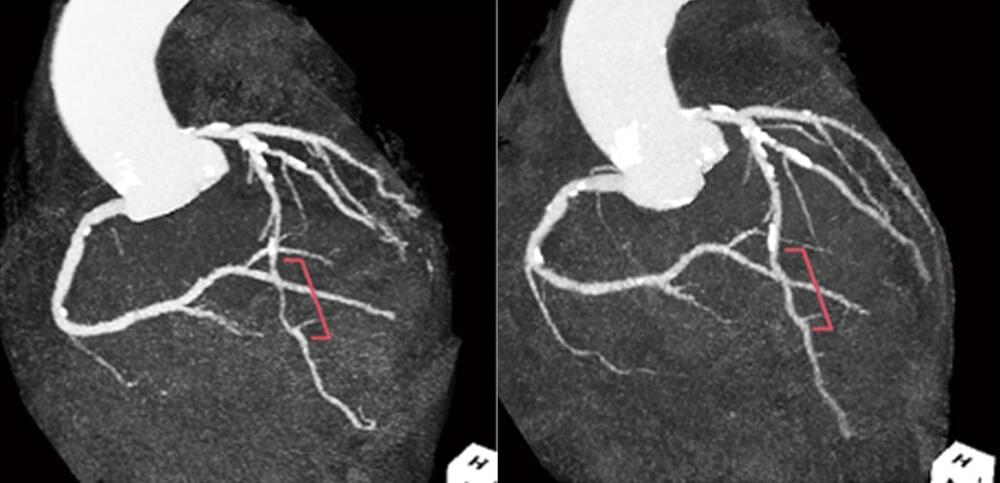It turns out that it is now pretty standard to have no external stitches for spaying, and in fact, if I had to do it over again, I would have picked one port keyhole surgery which would have been even easier to heal from. (That would have required switching vets.) So for only $400, Kaia not only had advanced surgery with no outside stitches, but she was made into a cyborg with a microchip being implanted. Pretty impressive!
This is just one example of us rushing headlong into a science fiction-type future. The biggest such example being ChatGPT which feels way more intelligent than previous chatbots. It used to be that Ray Kurzweil would say that we would have AGI in 2029 and everyone else predicted dates such as 2070 or never. Now many people pick 2029 and I could definitely see the tech behind ChatGPT being part of the recipe for AGI. For me, the first example that AGI was coming, was Content-Aware Fill being added to Photoshop. That feature allows you to erase a person from a beach scene in one quick step. Very impressive!
One more example of tech advancing is that a few years ago my right eye’s retina partially detached. My doctor did surgery with cryotherapy in his office, and inserted a sulfur hexafluoride bubble to stabilize everything. He followed up the next day with laser therapy, again in his office. No hospital needed. Eye fixed!
Video is of our killer guard dog Kaia on patrol. Watch out world!




